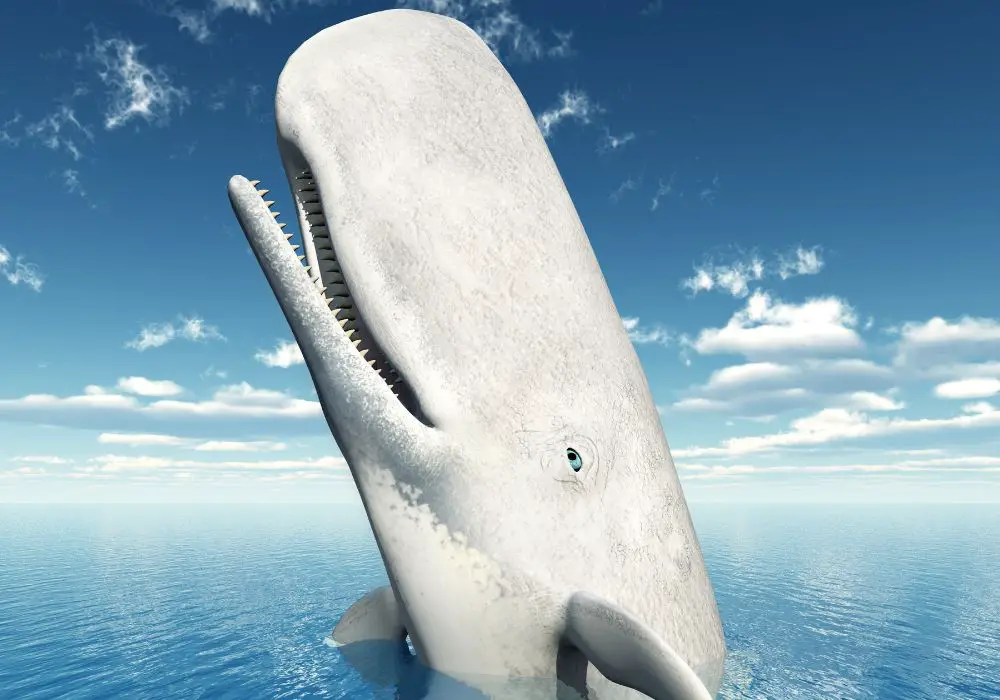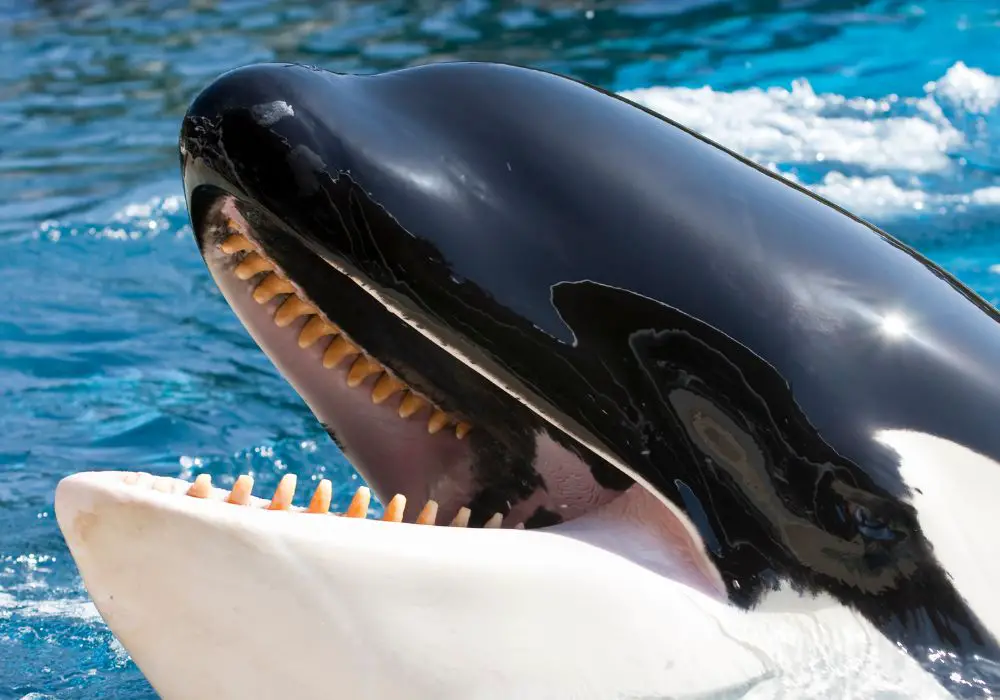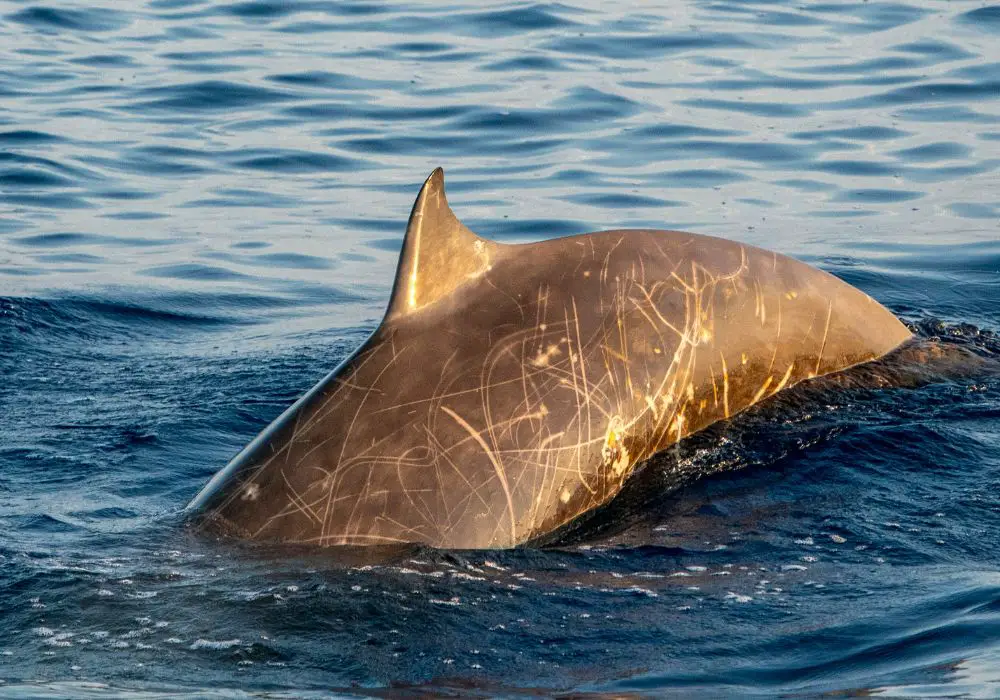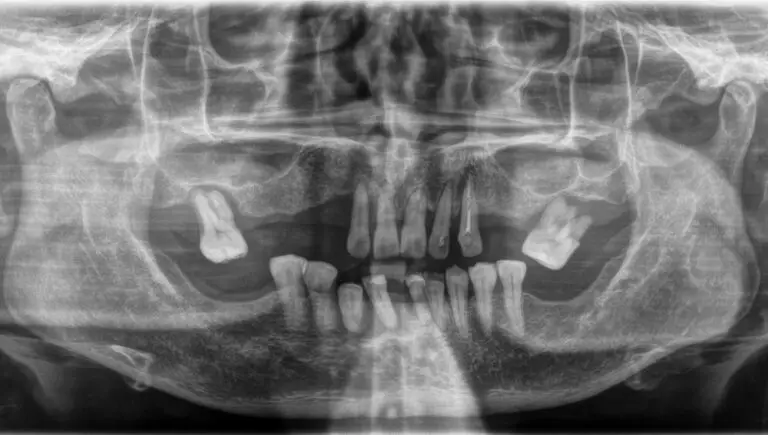Do you know which whales are toothed? Toothed whales, also known as odontocetes, are a suborder of whales that have teeth instead of baleen plates. There are currently 72 recognized species of toothed whales, including dolphins, porpoises, killer whales, and sperm whales.
Toothed whales have conical teeth that are designed for catching fish or squid. They also have well-developed hearing that is well adapted for both air and water, so much so that some can survive even if they are blind. Some species, like the sperm whale, are well adapted for diving to great depths. In contrast, baleen whales have baleen plates that sieve prey from seawater and do not have teeth.
Understanding Toothed Whales

Toothed whales, also known as odontocetes, are a diverse group of cetaceans that includes dolphins, porpoises, and all other whales that possess teeth. There are 73 known species of toothed whales, and they are found in all of the world’s oceans.
One of the defining characteristics of toothed whales is their teeth. Unlike baleen whales, which have comb-like plates in their mouths to filter out small prey, toothed whales use their teeth to catch and eat fish, squid, and other marine animals. Toothed whales also have a single blowhole on the top of their head, while baleen whales have two.
Toothed whales are generally smaller than baleen whales, with some exceptions. For example, the sperm whale is the largest toothed whale and can grow up to 60 feet in length. Other toothed whales, such as the vaquita and the baiji, are among the smallest cetaceans and are critically endangered.
In addition to their teeth, toothed whales have other adaptations that help them survive in their marine environments. For example, they have highly developed echolocation abilities, which they use to navigate, locate prey, and communicate with one another. Toothed whales also have streamlined bodies and powerful tails that allow them to swim and dive quickly and efficiently.
Overall, toothed whales are an important part of the marine ecosystem and play a vital role in maintaining the balance of the ocean’s food chain. However, many species of toothed whales are threatened by human activities such as overfishing, pollution, and habitat destruction, and conservation efforts are needed to ensure their survival.
Types of Toothed Whales
Toothed whales are a suborder of cetaceans that have teeth instead of baleen plates in their mouths. There are over 70 species of toothed whales, including some of the largest and most intelligent animals on Earth. In this section, we will explore some of the most well-known types of toothed whales.
Sperm Whales
Sperm whales are the largest toothed whales and can grow up to 60 feet in length. They are known for their distinctive square-shaped head and are famous for their ability to dive to incredible depths of up to 7,000 feet. Sperm whales primarily feed on squid, but they also eat fish and octopuses.
Killer Whales
Killer whales, also known as orcas, are the largest members of the dolphin family. They are known for their striking black and white markings and are one of the most widely distributed mammals on Earth. Killer whales are apex predators and feed on a variety of prey including fish, seals, and even other whales.
Beluga Whales
Beluga whales, also known as white whales, are easily recognizable due to their white skin and bulbous forehead. They are found in Arctic and sub-Arctic waters and are known for their vocalizations, which include whistles, clicks, and chirps. Beluga whales primarily feed on fish, squid, and crustaceans.
Narwhals
Narwhals are medium-sized toothed whales that are known for their long, spiral tusks. These tusks are actually elongated teeth that can grow up to 10 feet in length. Narwhals are found in Arctic waters and primarily feed on fish and squid.
Beaked Whales
Beaked whales are a diverse group of toothed whales that are named for their distinctive beak-like snouts. They are found in all of the world’s oceans and can dive to incredible depths of up to 9,800 feet. Beaked whales primarily feed on squid and fish.
Dolphins and Porpoises
Dolphins and porpoises are some of the most well-known types of toothed whales. They are found in all of the world’s oceans and are known for their intelligence, social behavior, and acrobatic abilities. Dolphins and porpoises primarily feed on fish and squid.
In conclusion, toothed whales are a diverse group of cetaceans that have teeth instead of baleen plates in their mouths. There are over 70 species of toothed whales, including some of the largest and most intelligent animals on Earth.
Anatomy of Toothed Whales

Toothed whales, also known as odontocetes, are a group of cetaceans that possess teeth. They are known for their unique anatomy, which allows them to hunt and communicate in their marine environment.
Teeth Structure
Toothed whales have a range of teeth structures that are adapted to their specific hunting needs. For example, dolphins have conical teeth that are used to catch fast-moving prey, while sperm whales have teeth that are shaped like cones and are used to catch squid and fish at great depths.
The number of teeth that toothed whales have varies depending on the species. For instance, the orca, also known as the killer whale, has up to 56 teeth, while the narwhal has only two teeth, one of which is a long tusk that can grow up to 9 feet long.
Echolocation Abilities
Toothed whales use echolocation to navigate, communicate, and hunt in their marine environment. They produce clicks and whistles that bounce off objects and return to their ears, allowing them to determine the location, size, and shape of their prey.
The structure of the toothed whale’s skull is specifically adapted for echolocation. They have a specialized structure called the melon, which is a fatty organ located in their forehead that helps focus and direct the sound waves they produce.
In addition, toothed whales have a single blowhole, which allows them to produce more focused and directed sound waves. This is in contrast to baleen whales, which have two blowholes and do not use echolocation.
Overall, the anatomy of toothed whales is highly specialized and adapted for their unique marine environment. Their teeth and echolocation abilities allow them to hunt and communicate effectively, making them a fascinating group of cetaceans to study and observe.
Behavior of Toothed Whales
Toothed whales are known for their unique behavior patterns, which are shaped by their physical characteristics and habitat. In this section, we will discuss the feeding habits, mating patterns, and migration patterns of toothed whales.
Feeding Habits
Toothed whales are active predators that hunt for food in a variety of ways. Some species, such as killer whales, work together to capture large prey like seals and sea lions. Others, like the bottlenose dolphin, use echolocation to locate and catch smaller fish and squid. Sperm whales are known for their deep dives in search of giant squid, which they swallow whole.
Mating Patterns
Toothed whales have a variety of mating patterns, depending on the species. Some, like the bottlenose dolphin, form long-term pair bonds and mate throughout the year. Others, like the killer whale, mate seasonally and form complex social groups known as pods. Male sperm whales are known to engage in aggressive mating behavior, fighting for the right to mate with a female.
Migration Patterns
Toothed whales are highly migratory, traveling long distances in search of food and mates. Some species, like the humpback whale, migrate thousands of miles each year between their breeding and feeding grounds. Others, like the killer whale, have more localized movements and may travel up and down the coast in search of prey. Beaked whales are known for their deep dives and long periods spent underwater, which may be related to their migration patterns.
In conclusion, toothed whales exhibit a range of fascinating behaviors that are shaped by their physical characteristics and habitat. From their unique feeding habits to their complex mating and migration patterns, these whales are truly remarkable creatures.
Conservation Status of Toothed Whales

Toothed whales are a diverse group of cetaceans that include dolphins, porpoises, and sperm whales. These marine mammals play an important role in the ocean’s ecosystem, but many species are facing threats to their survival. In this section, you will learn about the conservation status of toothed whales, including the threats they face and the efforts being made to protect them.
Threats
Toothed whales face a variety of threats that are impacting their populations. Some of the main threats include:
- Habitat loss and degradation: Human activities such as coastal development, pollution, and climate change are causing changes to the ocean environment that can impact the habitat of toothed whales.
- Overfishing: Toothed whales rely on fish and squid as their primary food source. Overfishing can deplete these resources, making it harder for toothed whales to find food.
- Entanglement in fishing gear: Toothed whales can become entangled in fishing gear such as nets and lines, which can cause injury or death.
- Noise pollution: Human activities such as shipping, oil and gas exploration, and military sonar can create underwater noise that can disrupt the behavior of toothed whales and even cause hearing damage.
- Whaling: Some toothed whale species, such as the sperm whale, have been hunted for their oil, meat, and other products. Although commercial whaling is now banned, some countries still hunt whales for scientific research or cultural reasons.
Conservation Efforts
To protect toothed whales, a number of conservation efforts are being made around the world. Some of these efforts include:
- Marine protected areas: Governments and conservation organizations are establishing marine protected areas where toothed whales can live and feed without interference from human activities.
- Reducing pollution: Efforts are being made to reduce pollution in the ocean, including reducing plastic waste, regulating industrial discharges, and improving wastewater treatment.
- Fishing regulations: Governments are implementing regulations to reduce overfishing and protect the food sources of toothed whales.
- Gear modifications: Fishing gear modifications such as using acoustic deterrents or changing the design of nets can reduce the risk of entanglement for toothed whales.
- Reducing noise pollution: Efforts are being made to reduce underwater noise pollution, including regulating shipping routes and reducing the use of sonar in military exercises.
- Whale watching regulations: Regulations are being put in place to ensure responsible whale watching practices that do not disturb the behavior of toothed whales.
Overall, toothed whales face a range of threats to their survival, but there are many efforts being made to protect them. By working together, we can help ensure that these magnificent creatures continue to thrive in the ocean.
Frequently Asked Questions
What is the difference between toothed whales and baleen whales?
Toothed whales are born with teeth and use them to hunt and eat squid, fish, and seals. Baleen whales, on the other hand, have a comb-like structure called baleen in their mouths that they use to filter small fish and plankton from the water.
What are the types of toothed whales?
The types of toothed whales include the sperm whale, killer whale, narwhal, beluga whale, and many others.
What are the two species of toothed whales?
The two species of toothed whales are the sperm whale and the dwarf sperm whale.
What are some examples of toothed whales?
Some examples of toothed whales include the killer whale, beluga whale, narwhal, and pilot whale.
How many species of toothed whales are there?
There are over 70 species of toothed whales.
What is the smallest toothed whale?
The smallest toothed whale is the dwarf sperm whale, which grows to be only about 8 feet long.






